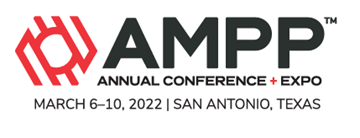Search
Novel HDD Mechanical Protection for Reduced Holidays
Also Purchased
Risk Evaluation Of Potential Coating Damage From HDD
Product Number:
51322-17762-SG
Publication Date:
2022
$20.00
Laboratory And Full-Scale Qualification Of An Abrasion Resistant Overcoat Wrap
Product Number:
51322-17633-SG
Publication Date:
2022
$20.00
Recent Experiences with UNS N08031 Plus Roll Bond Cladding
Product Number:
51317--9470-SG
ISBN:
9470 2017 CP
Publication Date:
2017
$20.00
Recently viewed




